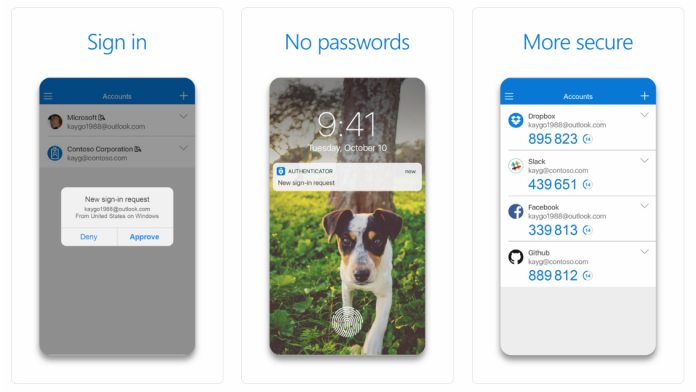Yes, this is all a part of Microsoft’s wider push towards multi-factor authentication instead of passwords. Even so, the company knows many users are attached to passwords and also wants to ensure Authenticator offers more password protection. Microsoft launched its Authenticator app back in 2016. The service provides native multi-factor authentication on devices when accessing a Microsoft Account. Since the launch, numerous features have been added, including a phone sign-in ability, fingerprint support, password free login, and Apple Watch support. Let’s start with the new Number Matching feature that is available in Microsoft Authenticator. This provides tools to help stop users from making accidental approvals. It also adds a layer of protection from Multi-Factor Authentication (MFA) attacks.
This feature must be enabled by security admins and will ask users to enter a number (shown on the screen) when approving an MFA request.
Feature Controls
Microsoft is also updating the Admin UX and APIs to make it easier to manage features directly on the Authenticator app. There is a Configure tab within the Admin section that allows admins to enable and disable Authenticator features. While Microsoft is announcing the Number Matching feature, it will not be available until next year: “At the end of February 2023, we’ll enable number matching for all Authenticator users. We highly recommend that you leverage the rollout controls and deploy these exciting security upgrades to Microsoft Authenticator.” Tip of the day: Did you know that your data and privacy might be at risk if you run Windows without encryption? A bootable USB with a live-linux distribution is often just enough to gain access to all of your files. If you want to change that, check out our detailed BitLocker guide where we show you how to turn on encryption for your system disk or any other drive you might be using in your computer.





